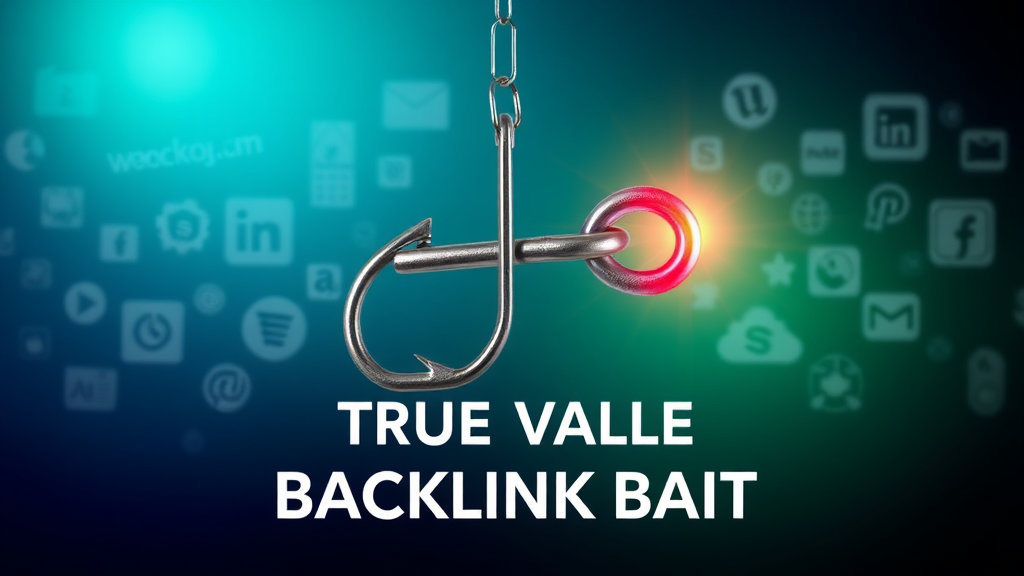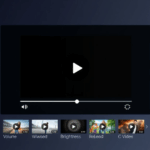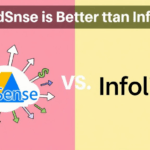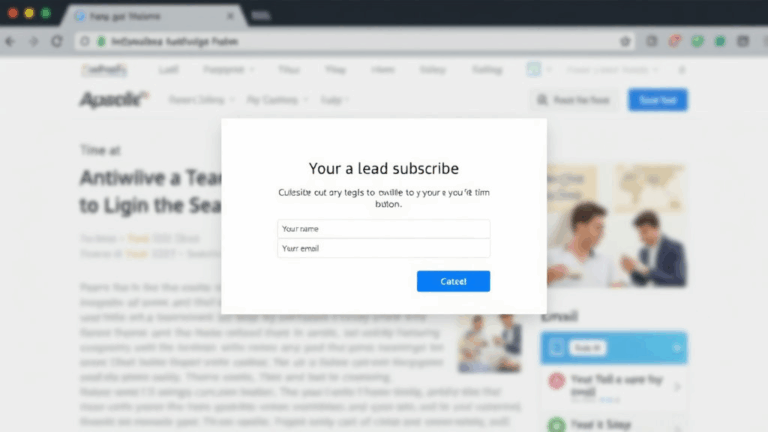Backlink Bait with Actual Value: What Peer Platforms Miss
Successful Peer Platforms Aren’t Just Fancy Forums
There’s this idea that if you toss together a sleek UI, call it a “mastermind hub,” throw in some Progress Logging feature and toss it on Product Hunt, people will magically share it or write about it. Spoiler alert: they won’t — unless you lock in actual reciprocal value. Not status, not “exposure”, but “oh-that-actually-saves-me-time” type value.
One platform I participated in — won’t name it, rhymes with Dero — had a slick interface, tons of progress tracking, and some Notion-level customization. Still, zero backlinks. You open it, poke around, go “cool I guess” and close the tab. It didn’t solve anything more useful than Slack noise already did.
When a mastermind group platform forces you into weekly video check-ins, congrats — it just became a chore instead of a community.
The platforms that people link to naturally usually do two things really well:
- Drop-in value without logins or onboarding
- Exportable ideas people want to embed elsewhere
If the “aha” shows up only after 20 minutes of Zoom chatter, nobody’s blogging about it.
Blog Content from Peer Platforms Has a Shareability Ceiling
Here’s what burned me once: I built this minimal discussion system for technical founders. Real-time logs, no-nonsense threads, simple points-for-feedback model. We got 300 users. Great signal, zero links.
Turns out people don’t link to your SaaS for its community — they link to that one idea someone shared in it that helped them fix a thing.
So unless your platform lets people externalize knowledge in clean ways — exportable notes, personal integrations, auto-summaries that look nice in blog copy-paste — you’re still invisible to blogs, even if you have 1,000 paid users.
The behavior bug no one mentions:
User-generated content behind login walls kills linkability. It’s not just SEO — writers literally can’t show readers what’s inside. No quotable paragraphs, no pullable ideas, nothing to screen-grab.
Give them an anonymized summary generator or public snippet tool. That’s backlink candy.
People Write About Tools, Not Rooms
This is where mastermind groups miss the plot. You’re building a ROOM. People love using rooms, but nobody blogs about “this Slack channel really changed my thinking.” They blog about tools and tactics.
I got a backlink once because I shared a dumb script I wrote to filter negative sentiment in Zoom transcripts, and someone picked it up in a productivity forum. It wasn’t the group that earned the mention — it was a useful artifact.
If your platform doesn’t export or encapsulate value, it’s a black hole
No one’s linking to brainstorms unless you give them something to quote. Give people a way to synthesize their discussions into a shareable format — blog header cards, micro-case studies, even bulleted summaries with their avatar stamp on it. Anything they can Ctrl+C, paste into Ghost or Medium, and hit publish.
One platform I tested, built entirely around peer review loops, added a stupid little Hack-of-the-Week output widget and got over 40 organic brand mentions in personal blogs. Why? That widget abstracted conversations into a portably legible artifact. Boom.
Exclusivity Kills Natural Linkability
I totally get the “invite-only early access” play. Feels cool. For products, it works. For group platforms? Meh. You can’t earn backlinks from FOMO. That’s good for Discord growth, not for getting someone to go, “hey, this space helped me solve XYZ.” Too many mastermind communities gate discussion too early, and bloggers can’t even screenshot their own takeaways.
It’s hard to praise a community that won’t let you show your homework.
Here’s the flaw I fell into: I assumed curating a smart community meant needing invisible boundaries. Turns out, if no one knows what’s happening inside, your inbound backlinks flatline. Letting users export anonymized transcripts or host their own example notes from sessions gave my second version 6x more not-yet-canceled mentions in newsletters.
Un-opinionated Tools Get Ignored
If your platform is just “join and talk” with no container or frame, no one knows what the point is. The platforms that get linked to repeatedly have some default workflow or bias built in — weekly teardown prompts, revenue transparency tabs, or user-publishing baked into the interface.
Things I’ve seen earn links naturally:
- A client-only idea vault that auto-curates top upvoted tactics from the platform
- Peer group-generated PDFs with share URLs (SEO goldmine for niche audiences)
- Auto-filled notion doc templates from community inputs
- Embed code for challenge trackers that show up on blogs
- Team directory widgets with user achievements (like Carbonmade meets Dribbble)
- Open prompts from within the community that invite guest replies
None of these things need AI, NFTs, or fancy CRM integrations. They just need to reflect original thought in a copy-pastable way.
The Misguided Push for “Real-Time” Check-ins
Let me guess: You launched with live retrospectives and weekly accountability jams? Yep, same. We thought it created bonding. It did — but nobody wrote about it. Even the transcripts were too cold to reuse.
The problem with synchronous check-ins is, they’re ephemeral. They don’t persist, and the “aha” insights vanish unless someone takes detective notes. I tried auto-recording, but it just turned into a pile of unsnippable 45-minute Zooms.
“Unless someone is digesting and curating the output, the signal dies in the meeting.”
That was the moment I realized anything real-time needs a system behind it to generate linkable artifacts — trigger summaries, shared quotes, exportable workflows from session notes. Otherwise, it’s just good vibes forgotten by Thursday.
Slack Groups Don’t Get Backlinks, Live Docs Do
I still see pitch decks saying “we’re like Slack for X niche.” Cool. But Slack doesn’t get people backlinks — it’s a trap. Private slack channels create zero public value unless someone leaks something brilliant. The physics of linkability skew to persistent documents over vapor chats.
I once accidentally wrote a decent reply to someone in a Notion workspace linked with a peer group I joined — their public changelog pulled it in with attribution. That reply got linked in four other blogs in the next week. Which is four more than any of my Slack comments ever got.
Most Mastermind Platforms Forget About Surface Skimmability
Bounce rate on peer knowledge platforms is wild. People land, see a sleek UI, then can’t immediately understand what’s available. Bio blobs. Nicely framed project prompts. But no surface-level punch.
One undocumented edge case I ran into:
If your platform lets users submit typed bullet notes during events, but autosaves drafts on blur (not submit), search crawlers skip them entirely. Googlebot doesn’t fire JavaScript blur events. So we had a bunch of seemingly populated community energy… invisible to indexing. That cost us badly. Search impressions tanked within a week after redesign.
Fixed it by triggering a shadow render of the note bodies via submit-as-you-type with debounce after 2s of inactivity instead of blur. Ugly? Yeah. But the content rendered, and it was link-quotable again.
You Don’t Need a Viral Platform — Just Leak Value Out
My biggest aha around backlinks didn’t come from growth hacking or targeting high-authority bloggers.
It came from one user screenshotting a quote from a peer session and dropping it into Substack.
Full quote rendered with attribution, link included. That blog post sent us over 2,000 new visitors in a weekend. We didn’t even know the author.
So now, every time someone asks how to get their peer platform linked to naturally, I just ask: what on your site is screenshot-worthy, quotable, or exportable in seconds — without needing to explain it?














